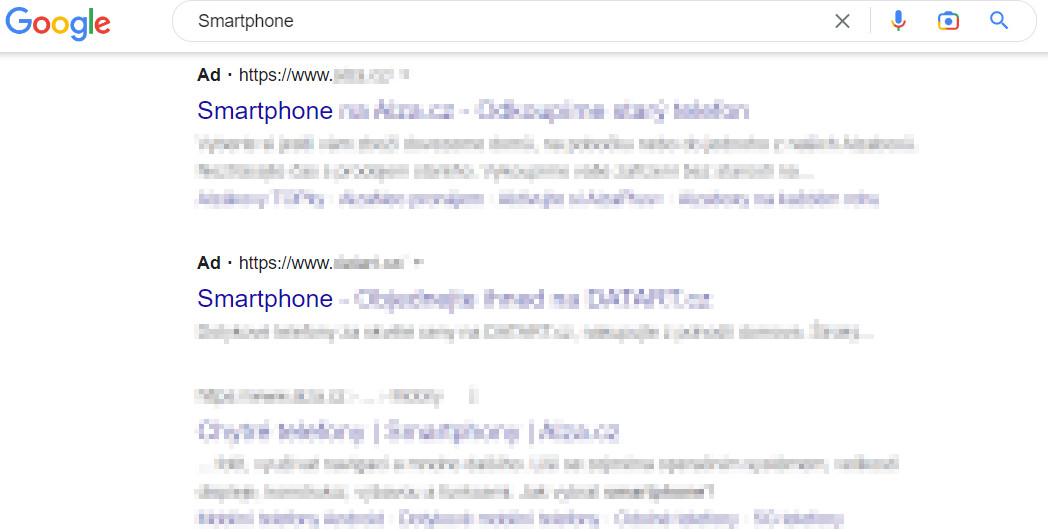Google Ads is a powerful tool for businesses of all sizes to connect with potential customers and promote their products or services. It is an advertising platform that allows its users to display ads on Google’s search engine results page (SERP), YouTube, and various websites across the internet. Formerly known as Google AdWords, the platform has a rich history and continues to evolve to better serve its users. In this press release, we will explore what Google Ads are, its history, how to set it up, average pricing, and types of ads available.
Search Ads
These are the most common type of ads on Google. They appear at the top or bottom of the search results page when someone searches for a specific keyword. Search ads are typically text-only and include a headline, description, and URL.
Display Ads
Display ads appear on websites that are part of the Google Display Network. They can be images, videos, or text, and they are designed to capture the attention of people who are browsing the internet.
Video Ads
Video ads are displayed on YouTube and can be skippable or non-skippable. They can be in-stream, meaning they play before, during, or after a YouTube video, or they can be video discovery ads, which appear in search.
How does it work?
Advertisers create ads and choose specific keywords related to their products or services, and Google displays the ad to users who search for those keywords. The goal is to reach the right people at the right time with a targeted message that drives conversions.

Google Ads history
The product has come a long way since its inception in 2000. At first, the platform was only available to a select group of advertisers, and the ads were displayed as text-only on the right side of the search results page. Over time, Google expanded the platform to include display ads, video ads, and more. In 2018, Google AdWords was rebranded as Google Ads to better reflect the platform’s evolution and the range of advertising options available to businesses. Today, Google Ads continues to be a leading advertising platform, with more than 1.3 million businesses advertising on the platform.

Setting up Google Ads
The first step is to create an account, which requires a Gmail account. Once logged in, advertisers can create campaigns, ad groups, and ads. When creating a campaign, advertisers choose their advertising goals, such as website traffic, sales, or brand awareness. They also set a budget and choose the geographic location where the ads will be displayed.
Ad groups are where advertisers organize their ads and keywords. For example, a business that sells shoes might have ad groups for men’s shoes, women’s shoes, and children’s shoes. The ads in each group are tailored to the specific audience, and the keywords are relevant to the products being advertised.
Finally, advertisers create their ads, which can be text, display, or video ads. They also choose the keywords that trigger their ads and set a bid for each keyword. Google Ads uses a pay-per-click (PPC) model, which means that advertisers only pay when someone clicks on their ad.
Setting up a Google Ads campaign might seem relatively straightforward. However, it takes experience in the field to achieve the best results. That is why you should consult with a professional before investing in a campaign. We can make your ads more effective and cheaper.
Cost of Google Ads
The cost of Google Ads is determined by an auction system that takes into account a number of factors, including the bid amount, ad relevance, landing page experience, and expected click-through rate. Advertisers bid on keywords and compete with other advertisers for ad placement in the search results or on other websites. The higher the bid and the better the quality score of the ad, the more likely it is to be shown to potential customers. In addition, Google Ads uses a pay-per-click (PPC) model, which means that advertisers only pay when someone clicks on their ad. The cost per click (CPC) varies depending on the competitiveness of the keyword and the quality of the ad. Overall, the cost of the advertisement is influenced by a complex algorithm that takes into account a variety of factors to ensure that ads are relevant and useful to users.
Furthermore, the location and time of day can also impact the cost of Google Ads. Advertisers can target specific geographic regions and set bid adjustments for different times of day, which can affect the competition for ad placement and therefore the cost per click. Additionally, Google provides a variety of ad formats, such as text, image, and video ads, each with their own cost structure. The cost can be optimized by improving the quality of the ad and landing page, selecting relevant and less competitive keywords, and targeting the right audience. By understanding the factors that determine the cost, advertisers can make informed decisions about their ad spend and achieve a higher return on investment.


